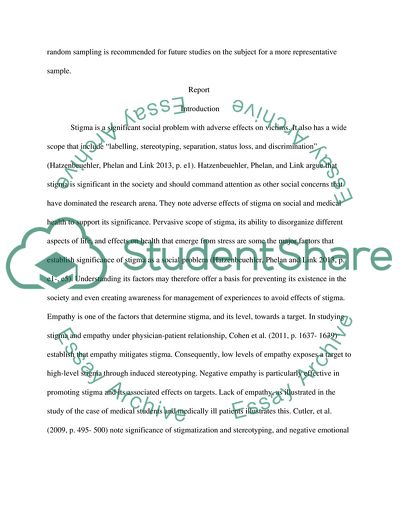Cite this document
(Stigma as a Significant Social Problem Lab Report Example | Topics and Well Written Essays - 1250 words, n.d.)
Stigma as a Significant Social Problem Lab Report Example | Topics and Well Written Essays - 1250 words. https://studentshare.org/sociology/1821548-report
Stigma as a Significant Social Problem Lab Report Example | Topics and Well Written Essays - 1250 words. https://studentshare.org/sociology/1821548-report
(Stigma As a Significant Social Problem Lab Report Example | Topics and Well Written Essays - 1250 Words)
Stigma As a Significant Social Problem Lab Report Example | Topics and Well Written Essays - 1250 Words. https://studentshare.org/sociology/1821548-report.
Stigma As a Significant Social Problem Lab Report Example | Topics and Well Written Essays - 1250 Words. https://studentshare.org/sociology/1821548-report.
“Stigma As a Significant Social Problem Lab Report Example | Topics and Well Written Essays - 1250 Words”. https://studentshare.org/sociology/1821548-report.


